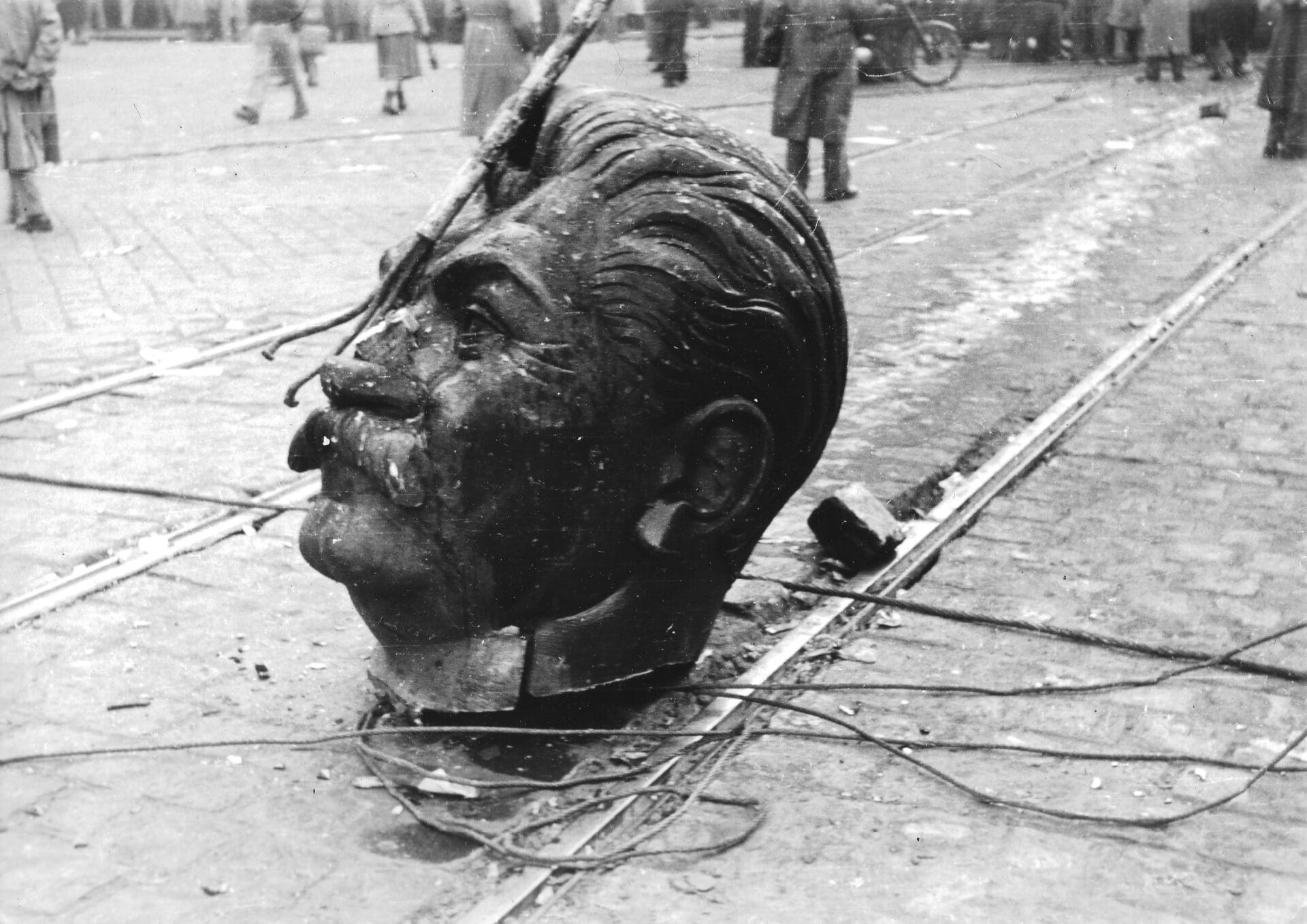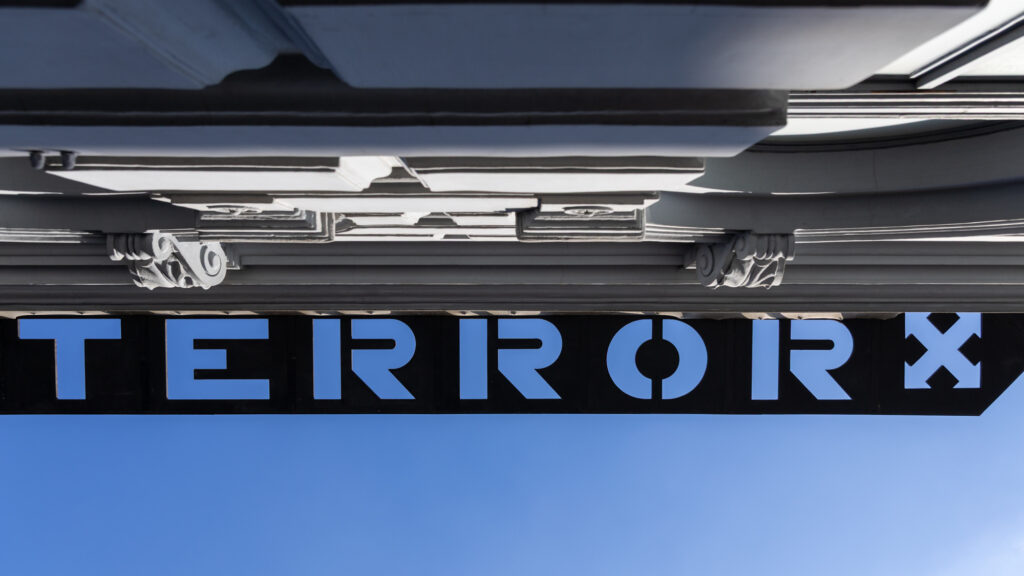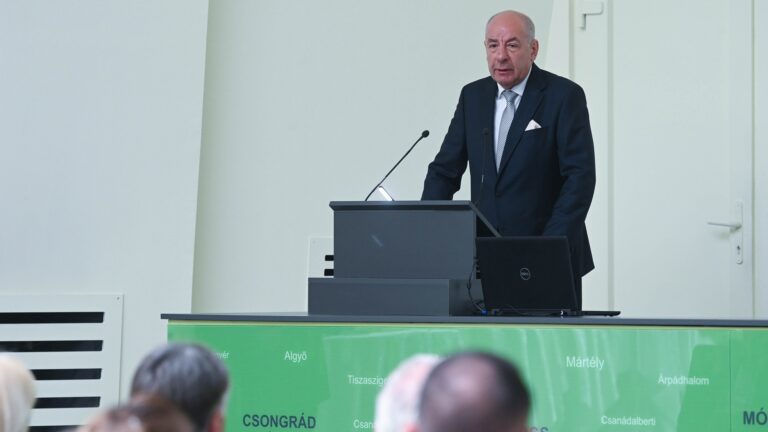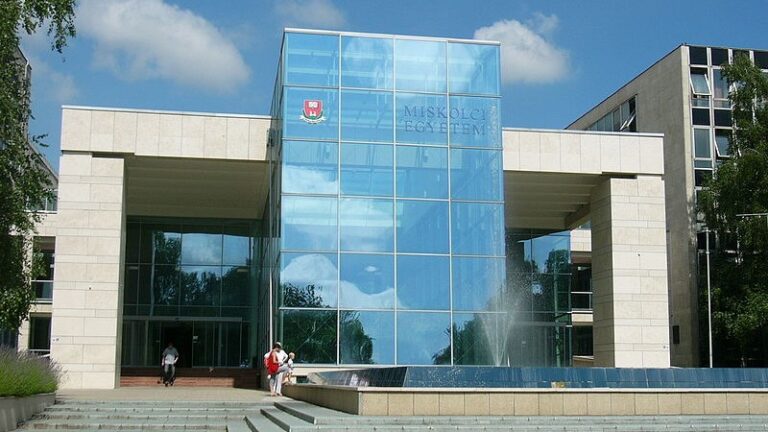In Budapest only, the state socialist regime erected between 150–600 statues, monuments and memorial plaques that had a distinct political message. In 1989, immediately after it became clear that Hungary was set to dismantle its one-party system, many started to dispute about what the fate of hundreds of communist statues and monuments all across Hungary should be. Some argued that they should be melted down or destroyed, while other proposed collecting them in a special museum dedicated to the monuments of the state socialist era. Among the proposed locations for the museum was Csepel Island—a mostly working-class industrial and residential area where communism was perhaps not so popular among factory workers. Legend has it that in 1979, workers put a slice of bread topped with salted lard in the district’s Lenin statue’s hand, in protest of drastically rising food prices. [Pork fat is used as a spread in the Central-Eastern European region, in Hungary and Slovakia in particular. In Hungary, where this type of food is called ‘fatty bread,’ paprika is usually sprinkled on top.] Another suggested location for the museum was Recsk, the village in the Mátra mountains where a forced labour camp known as ‘the Hungarian Gulag’ operated between 1950 and 1953.
Eventually, the statue relocation took place in 1992–93, and the new home of 42 statues was designated in the 22nd district of Budapest. The so-called Memento Park, where the statues are collected, was opened on 27 June 1993, on the second anniversary of the departure of the last Soviet soldier from Hungary. Since many of the monuments were deemed ‘unbearable’ for the public, some of the statues were wrapped for months before being moved to the statue park. The statues started to be covered around 23 October 1992 (Remembrance Day of the 1956 Revolution and Freedom Fight) as some former revolutionaries heavily campaigned for the statues’ removal.
Not only these statues, but about 40 other monuments were also moved by the authorities from public spaces to the statue park
Among the statues taken down were those of the most famous communist ideologues and leaders, as well as of symbolic figures of the ‘workers’ movement.’ Lenin disappeared from what is now called the Square of 1956ers’ near City Park (Városliget); the 4-metre-high statue of a Soviet soldier was removed from the Citadel, while Marx and Engels were taken away from Jászai Mari Square. Some expressed dissatisfaction about the removal of the two communist philosophers, with even a smaller protest held, as some believed that the two 19th century thinkers have a place on Hungarian public places even after the regime change. Not only these statues, but about 40 other monuments were also moved by the authorities from public spaces to the statue park. The remaining public memories of the communist regime were not that lucky: some were toppled, vandalised or completely destroyed. A famous case was that of the statue commemorating the Liberation of Hungary [by the Soviet Red Army at the end of WWII] in the Csillebérc quarter in Buda. The statue depicting the goddess Nike, which held a five-pointed star in her hand, was toppled and beheaded. Liberal and conservative local government representatives also took part in the guerrilla action, and a fiery debate in the media ensued, with some press outlets, supporting the stunt, borrowing Nike’s famous slogan ‘Just Do it’ to encourage the statue-topplers. Although the police started an investigation on grounds of vandalism, the proceedings were eventually dropped, and no one was prosecuted. Later, the statue was recreated by an artist, but in the hands of the goddess a flower replaced the red star.
Today Memento Park is a popular tourist destination. By viewing the statues, visitors can gain a better understanding of Hungary’s communist past. Remembering the iconoclasm of the early nineties, however, is important not only because Memento Park has become a famous tourist spot, but also because the negotiated removal of statues was an important symbolic event of Hungary’s democratisation. Newspaper articles were written in favour and against the removal of the statues, and demonstrations and civil actions were provoked in the process—the development of a free press and of an independent civil society were therefore encouraged by the debates on the controversial public statues. And with these fertile debates on the symbols of collective memory, Hungary also demonstrated that it was successfully progressing on the path of democratisation it had stepped onto in 1989.








